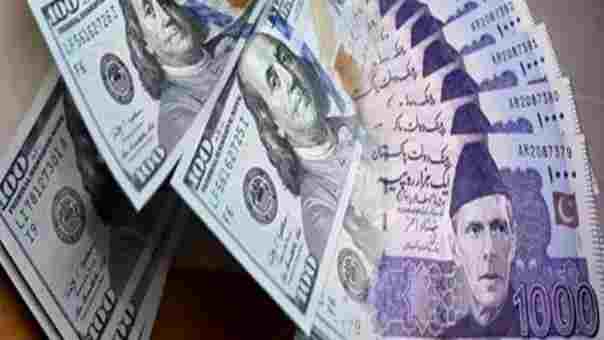Karachi, June 11, 2025 – The Pakistani rupee continued its downward trend on Wednesday, closing at PKR 282.47 against the US dollar in the interbank foreign exchange market.
This marks a depreciation of 26 paisas compared to the previous day’s closing rate of PKR 282.21 per dollar.
Currency experts attributed the pressure on the rupee to increased demand for the dollar due to rising import and corporate payment obligations as businesses prepare for the fiscal quarter ending June 30. Moreover, recent measures introduced in the federal budget for 2024–25 have added uncertainty, prompting importers to secure foreign transactions ahead of any regulatory changes.
Analysts also pointed to the government’s ambitious economic growth targets for the next fiscal year, which are expected to drive up the import of raw materials—further intensifying dollar demand. This mounting pressure has kept the rupee vulnerable despite moderate support from workers’ remittances and export proceeds, which provided some cushion and prevented a steeper fall.
The widening trade deficit has added to the rupee’s challenges. According to data from the Pakistan Bureau of Statistics (PBS), the country’s trade deficit surged to $24 billion in the first eleven months (July–May) of FY2024–25, up 10.63% from $21.7 billion during the same period last year. The growing gap underscores Pakistan’s heavy reliance on imports and the sustained demand for the dollar, which continues to undermine the rupee’s strength.
Economists warn that the rupee remains exposed to multiple risks in the coming months. Key factors that could influence the rupee’s trajectory include global commodity prices, the strength of the US dollar, geopolitical events, and the central bank’s monetary policy stance.
In the short term, market sentiment will largely hinge on how the government executes its post-budget fiscal plan. For the rupee to regain stability, consistent economic management, increased dollar inflows, and disciplined fiscal control will be critical. As the rupee navigates a challenging economic landscape, its resilience will be tested by both domestic policy actions and global financial trends.
